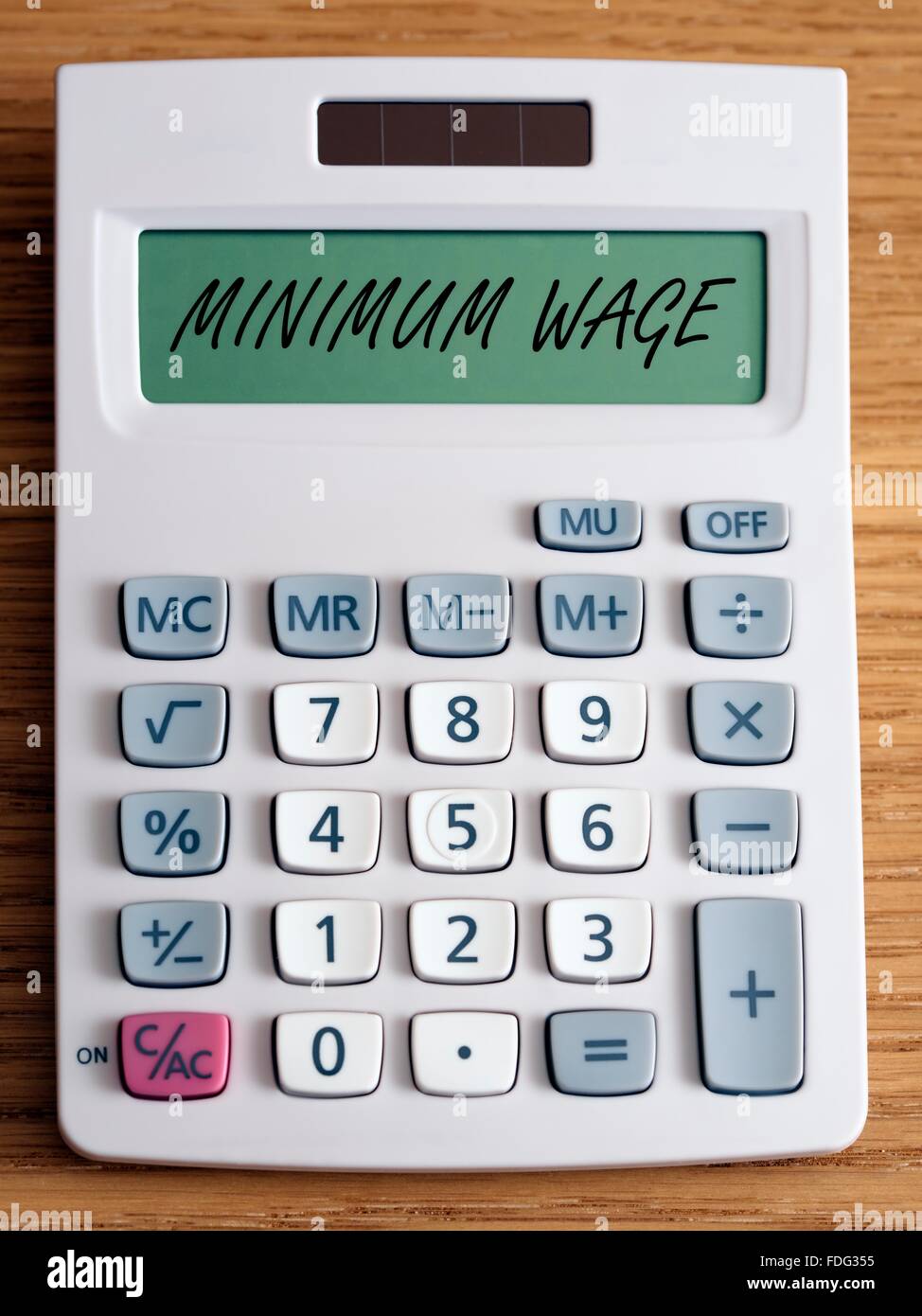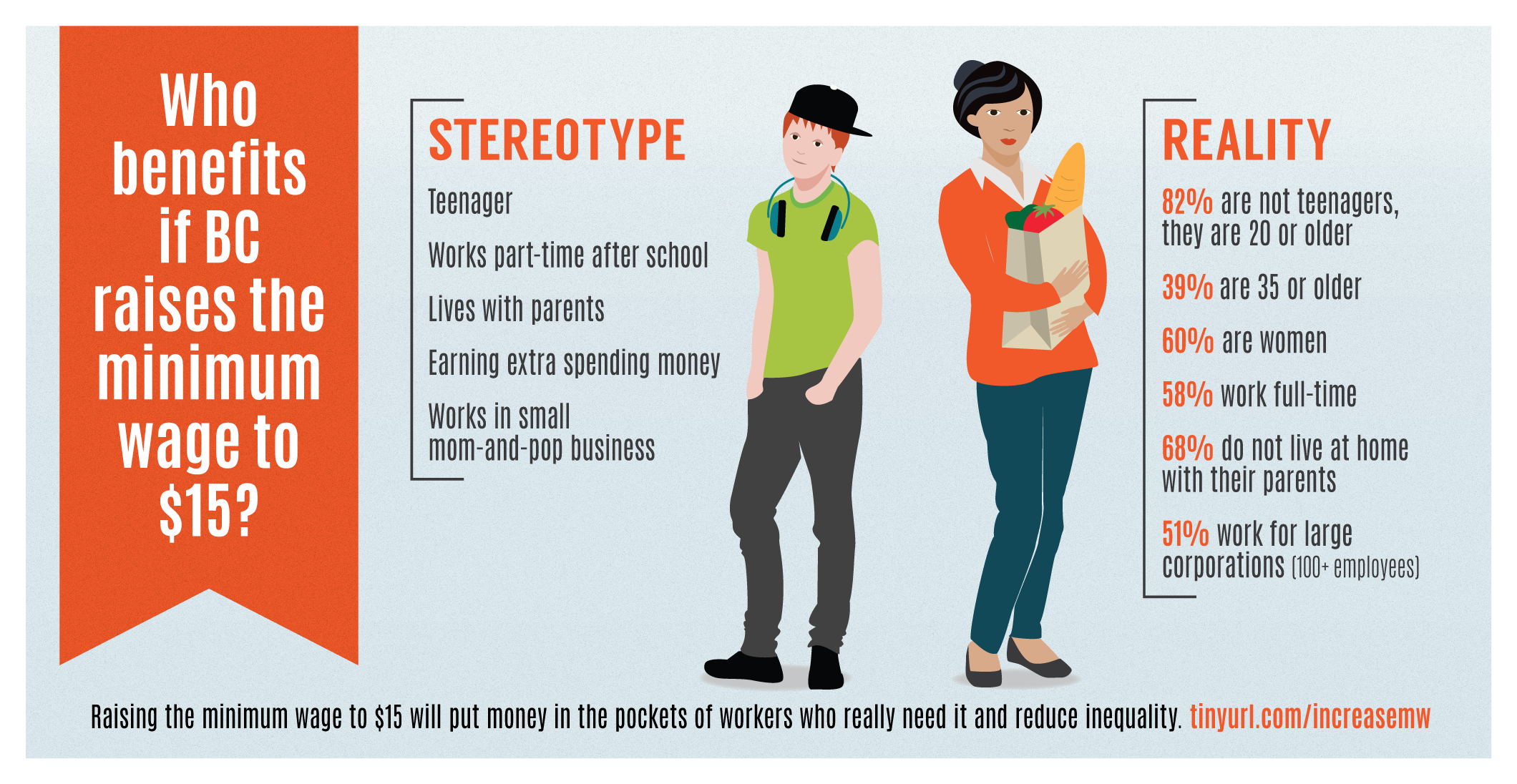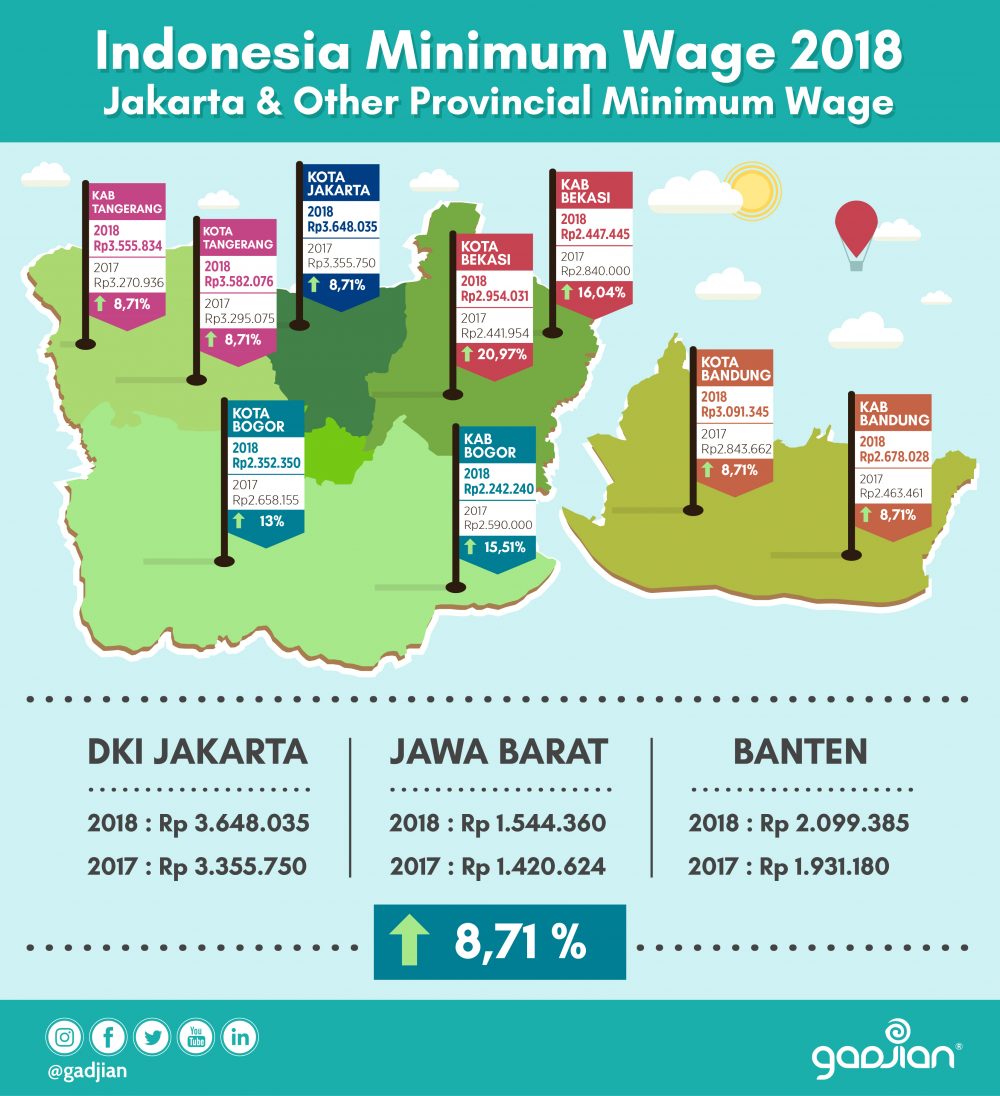Table of Contents
- Minimum wage still below what’s needed for basic necessities | The Star
- Are You Getting Minimum Wage? Know Here | indiabrains.com
- Infographic of Indonesia Minimum Wage 2018 (Provincial Minimum Wage/UMR ...
- Guide to Indonesia's minimum wage by region: 2022 | Human Resources Online
- Minimum wage hi-res stock photography and images - Alamy
- Employment Effect of Minimum Wages
- Minimum Wage Increase Ordinance Update - Martin City
- IN MEMORIAM: Joe Lewallen (1960–2024) - McAfee & Taft
- Increased Minimum Wage Leads to Stability | HuffPost
- Infographic Minimum Wage



Introduction to Minimum Wage Rates



Minimum Wage Rates by State for 2025




Important Notes and Exceptions
It's essential to note that some states have different minimum wage rates for certain industries, such as hospitality or agriculture. Additionally, some cities and counties have their own minimum wage laws, which can be higher than the state minimum wage. Employers must comply with the highest applicable minimum wage rate. In conclusion, the minimum wage rates by state for 2025 vary significantly across the country. Employers must stay informed about the latest regulations to ensure compliance and avoid penalties. Employees can also use this information to negotiate fair wages and understand their rights. As the cost of living continues to rise, it's crucial to stay up-to-date with the latest minimum wage rates to ensure a living wage for all workers. By following this guide, you'll be well-informed about the minimum wage rates by state for 2025. Remember to check for updates and changes to the laws, as they can affect your business or employment. Stay compliant, and let's work together to create a fair and equitable work environment for all.Keyword density: Minimum wage rates by state (1.5%), 2025 (1.2%), employment (0.8%), labor laws (0.5%), fair wage (0.5%)
Meta description: Discover the minimum wage rates by state for 2025. Get the latest information on federal and state minimum wage laws, and stay compliant with our comprehensive guide.
Header tags: H1, H2
Image alt tags: Minimum wage rates by state, employment laws, labor regulations
Note: The minimum wage rates listed are subject to change and may not reflect the current rates. It's essential to check with the relevant state or local authorities for the most up-to-date information.